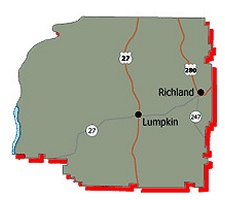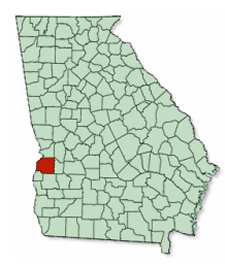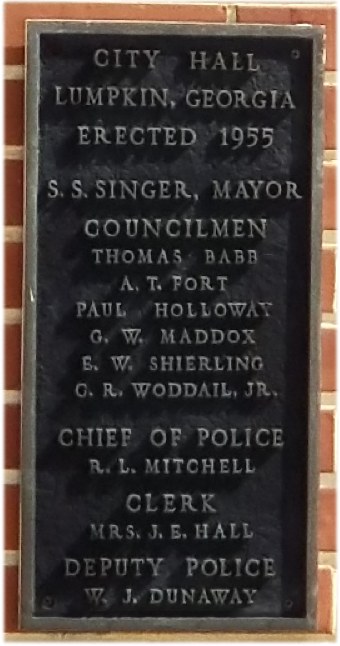


History of Lumpkin
The City of Lumpkin is the county seat of Stewart County, Georgia. According to the GA Hometown Locator, the City of Lumpkin had a population of 2,630 as of July 1, 2018 and Lumpkin ranks in the upper quartile for Population Density and Diversity Index when compared to the other cities, towns and Census Designated Places (CDPs) in Georgia.
Lumpkin was incorporated by European Americans on March 30, 1829. First named the county seat of Randolph County on December 2, 1830, it became the seat of Stewart County when the latter was split from Randolph three weeks later. The city was named in honor of Wilson Lumpkin, a two-term governor of Georgia and legislator. His namesake county is at the northern end of the state.
The town grew as a commercial center served by stagecoach. Its merchants traded with the planters in the area. This was part of the Black Belt, named for the fertile land in the upland South that supported extensive cotton plantations in the 19th century. In the antebellum years, planters depended on slave labor to cultivate and process the cotton for market.
After the war, many freedmen stayed in the area as sharecroppers and tenant farmers, and the economy continued to depend on agriculture. With land erosion and depletion, cotton farming gave way to peanut and pine tree cultivation, and labor needs decreased. The population of the county dropped markedly, but the town of Lumpkin remained relatively stable. The county is still quite rural.
Lumpkin was the first small town in Georgia to complete a successful historic preservation project to encourage what has become known as heritage tourism. It restored the Bedingfield Inn, built in 1836 and located on the central square. It is listed on the National Register of Historic Places.
The private Stewart Detention Center houses federal detainees for the U.S. Immigration and Customs Enforcement. The facility is owned and run by CoreCivic. In 2011 Stewart ranked as the largest and busiest such facility in the United States. Stewart County's share of revenue from the federal government, 85 cents per inmate per day, amounted to more than half of the county's entire annual budget.

